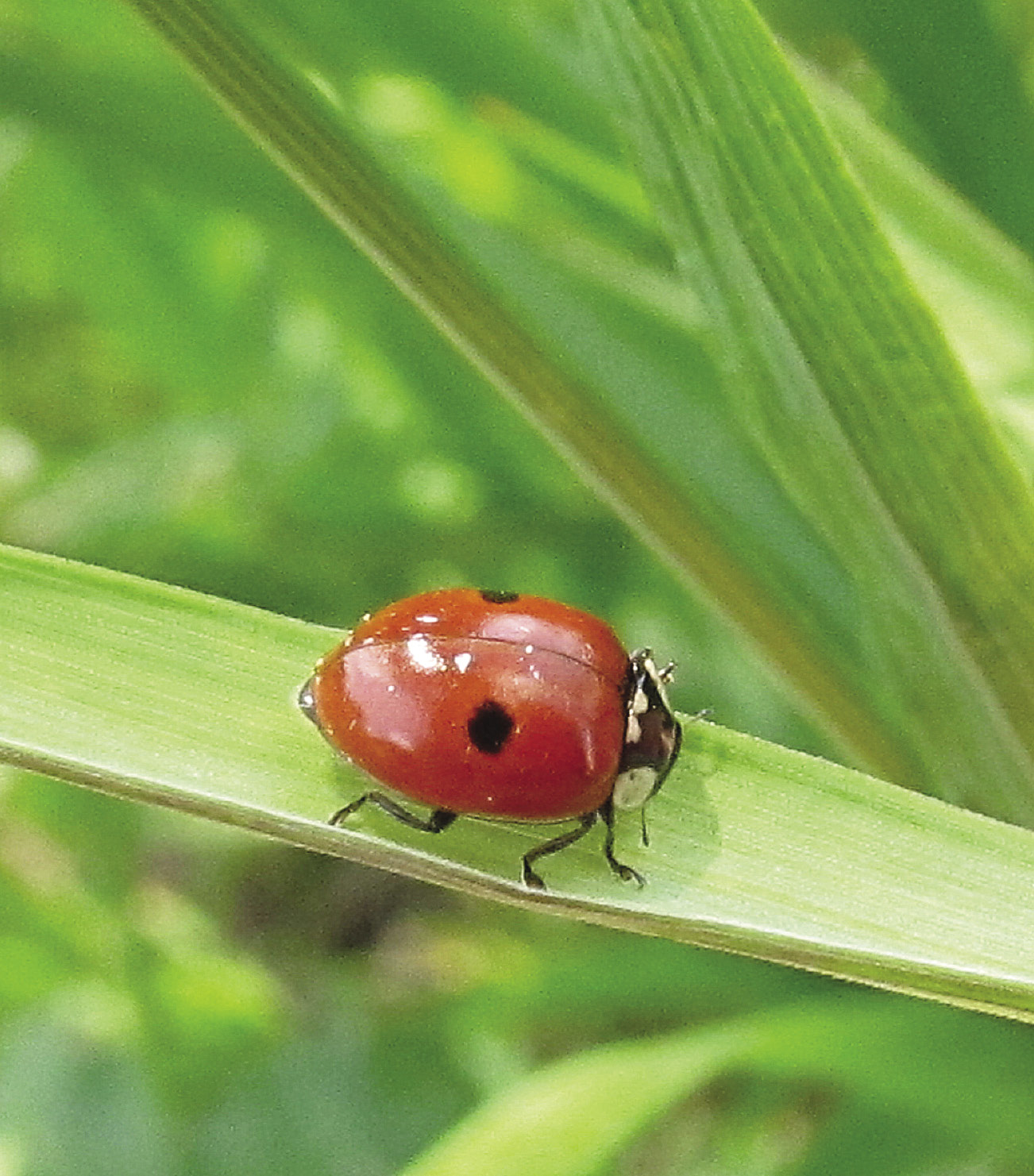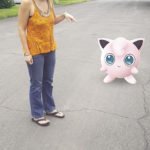Two Harbors—Recently, several native bees, as well as other insects, are in decline, including several native ladybugs.
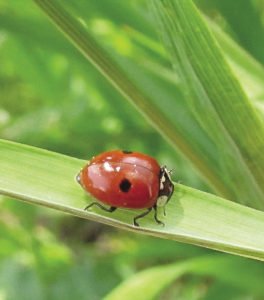
Ladybugs are actually beetles in the family Coccinellidae. They are also known as lady beetles or ladybird beetles. There are roughly 500 species in North America and between 50-100 are found in Minnesota. Although we tend to picture ladybugs as red or orange with black spots, they can also be yellowish, black with red or yellow spots, or just plain black.
Adult ladybugs and larvae are beneficial insects that prey on aphids and scale insects which can be pests in gardens, crops and ornamentals. They spend much of their time roaming vegetation in search of prey and pollinate plants in the process. Some species are arboreal, living in trees. Eggs are laid on vegetation and the sculptured, segmented and sometimes colorful larvae that hatch out a few days later look somewhat like tiny alligators.
The two-spotted ladybug was once very common, occurring across much of North America. But along with the nine-spotted ladybug and the transverse ladybug, it has almost disappeared from eastern North America. These three now-rare species are known as the “lost ladybugs.”
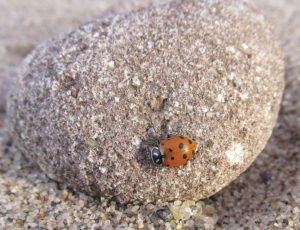
The lost ladybugs once occurred across most of Minnesota and Ontario, but only the two- spotted ladybug has been recently seen in the north; found in Thunder Bay several years ago. And at least one small population persists near Gilbert in northern Minnesota. These are the only places where we know they still occur in our area. A few nine-spotted ladybugs persist in east-central Minnesota and west-central Wisconsin, but the transverse ladybug has not been reported from anywhere in the region in several decades.
As these three native ladybugs have declined, three introduced species of ladybugs have proliferated. As many homeowners know, the multicolored Asian ladybug is much too easy to find in fall when large numbers migrate and invade homes, looking for mild places to overwinter. In addition to the annoyance caused by their sheer numbers, their bite can be mildly painful. Ladybugs can emit a foul-smelling chemical for self-defense, and this is especially evident when multicolored Asian ladybugs get into houses, fly into light bulbs, or are handled. This chemical can even ruin food crops. Originally native to Asia, they can be found throughout most of the U.S. and Canada.
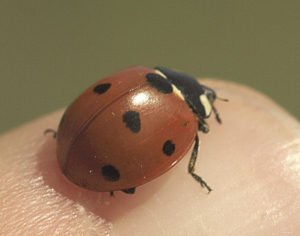
In the 1970s, there were large migrations of the native convergent ladybug. Although not nearly as rare as the lost ladybugs, this species has also declined significantly. Fall migrations are now mostly made up of multicolored Asian ladybugs. In the late summer and fall, hundreds or thousands can be found along the Lake Superior shore, where they wash up after falling into the lake during migratory flights. After they dry off, they resume their migration.
Two ladybugs native to Europe have become established in our area. The seven-spotted ladybug has been introduced as a biological control many times and is now very common. The recently arrived variable ladybug was first seen in Quebec 30 years ago but has now spread over much of northeastern North America.
Nobody knows why native ladybugs are declining, but some scientists believe these introduced species play a role through competition or predation. The spread of the introduced species has generally coincided with the decline of native species.
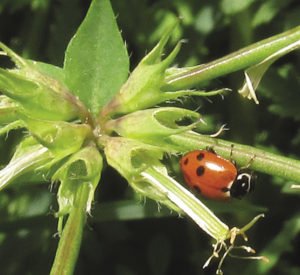
Some ladybugs can be quite variable in appearance, including the two-spotted, nine-spotted and multicolored Asian ladybugs. These can be more challenging to identify, but other ladybugs are fairly consistent in their appearance. A poster that illustrates 40 of Minnesota’s most common and rarest ladybugs can be found on the Minnesota DNR website at http://files.dnr.state.mn.us/eco/nongame/
ladybugs-of-minnesota.pdf
Anyone with a camera can help make an impact by submitting photographs to www.lostladybug.org, where ladybug photographs are identified by Cornell University scientists studying ladybug decline.
Although rare ladybugs are not protected, knowing where they occur is a prerequisite to understanding their decline and to help future conservation efforts. Armed with the Ladybugs of Minnesota poster, the Lost Ladybug website, curiosity and a camera, you can discover a new population of one of our rarest ladybugs.—Wayne Steffens


